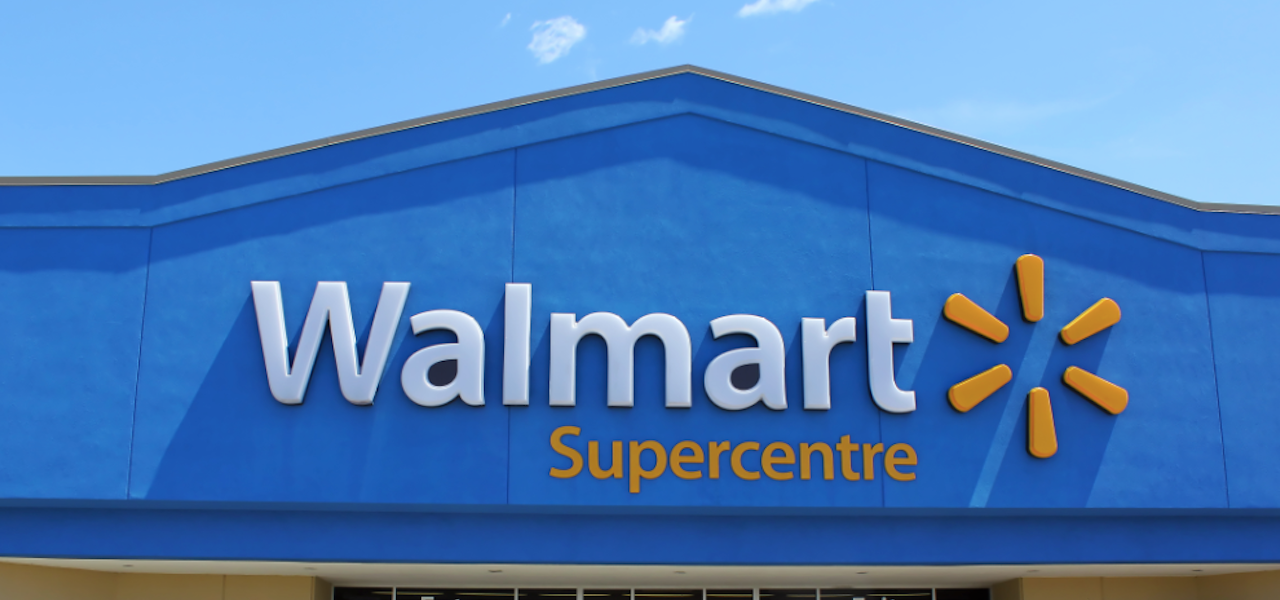Walmart’s earnings show the limits of relying on grocery for growth

During its fourth quarter earnings report on Tuesday, Walmart once again reported strong growth in its online grocery business, which has become the crux of its e-commerce strategy in recent years. But the company was also hurt by a slight decrease in sales of toys, apparel and gaming.
Walmart reported that same-store sales in the U.S. grew 1.9%. Last year, same-store sales in the U.S. were up 2.6% during the same time period. Additionally, fourth quarter revenue was $141.67 billion, an increase of just 2.1% year-over-year.
Although analysts say that they still believe Walmart is right to focus on grocery in order to defend itself against Amazon, its fourth quarter earnings highlight some of the challenges this strategy presents. Given that grocery is typically a low margin product category, any sales declines in higher margin categories like toys and apparel can make it significantly harder for Walmart to rely on increased grocery sales to make up the difference.
“2020 must be the year in which Walmart boosts its non-food performance, especially in high margin categories like apparel,” Neil Saunders, managing director at GlobalData Retail wrote in an email to media.
Analysts noted that Walmart wasn’t alone in reporting weaker-than-expected holiday sales. Target also reported that its holiday toy sales were flat, while Kohl’s reported that it’s women’s apparel business struggled in November and December.
Walmart also issued fiscal year guidance for 2021, stating that it expected U.S. comparable sales growth of at least 2.5%, and e-commerce net sales growth of about 30%. Below are some other highlights from Walmart’s earnings release.
Grocery
Walmart has in part been able to grow grocery sales simply by enabling grocery pickup at more of its stores. Nearly 3,200 of Walmart’s more than 4,750 U.S. stores offering grocery pickup, while customers can get groceries delivered from 1,600 U.S. stores.
In a presentation with investors, Walmart called out some smaller tech investments it would make this year to encourage more customers to try grocery pickup and delivery, like merging its online grocery app with its main shopping app.
“I think online grocery pickup is something that American consumers respond to extremely well, and Walmart is uniquely positioned to deliver on that,” Bryan Gildenberg, chief knowledge officer for Kantar Consulting said. But he added that “figuring out which items or categories are logical adds to that basket,” in order to increase average order value, is a critical next step for Walmart as it seeks to make its online grocery business as profitable as possible.
Apparel
CEO Doug McMillon didn’t say how much apparel sales declined, but said during a Q&A session after the call that the company had too much red-and-green themed Christmas apparel.
In a follow-up email to Modern Retail, Saunders said that be believes Walmart’s struggles in apparel have largely to do with how they are merchandised in store — they put too much clothing on the floor, without breaking them up into curated displays. He added that “Walmart really needs to emulate Target in creating more sub brands and giving each a personality and distinct handwriting.”
E-commerce and store investments
Last summer, Recode reported Walmart’s board of directors was increasing pressure on Walmart’s U.S. head of e-commerce, Marc Lore, to cut losses. Last week, the company announced that it would be shuttering its New York City-based personal shopping service Jetblack., which was reportedly losing $15,000 per customer on an annual basis.
So, it didn’t come as a surprise then that during his presentation, CFO Brett Biggs talked up some of the company’s money-saving initiatives, instead of costly e-commerce investments. He said that Walmart currently has enabled technology in more than 1,700 of its stores to automatically scan and sort inventory delivered to stores via truck, cutting the time it takes to unload inventory by about a third.
“I’m very passionate about getting our expense rate down even further in a smart and sustainable way,” Biggs said.

